Shawna Pandya is a physician with a Canadian hospital. She is also a ‘citizen-scientist astronaut candidate’ at Project Possum. This means that she has trained under a US-based, non-profit suborbital research and education program called ‘Polar Suborbital Science of the Upper Mesosphere’ or Project Possum, which has qualified her to conduct research on the next generation of commercial space vehicles and even fly suborbital missions.
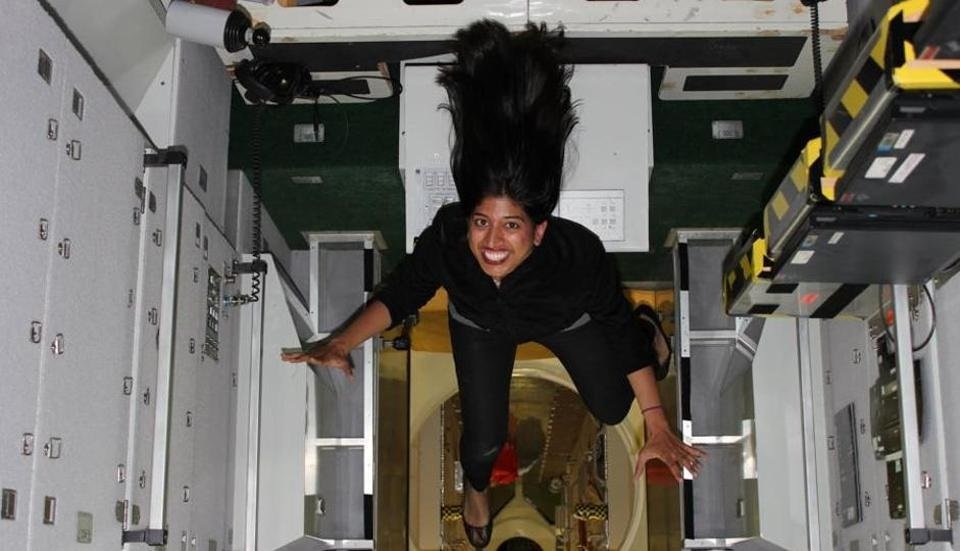
Pandya is also a speaker and an aquanaut. Her professional profile suggests she a super-achiever. What she isn’t, however, is a candidate for NASA’s 2018 space mission under the Citizen Science Astronaut (CSA) program. We are not quite sure how this rumour started – was it Hindustan Times or PTI? – but we know for certain that her work as a ‘citizen-scientist astronaut’ has nothing to do with NASA.
Almost all media houses (including us) yesterday reported that Pandya is a ‘NASA pick‘ and “may join the league of Kalpana Chawla and Sunita Williams”. The false claims have been busted today, by none other than Pandya herself, through a Facebook post.
What could have been the trigger for the rumour – and it’s just a speculation – is that NASA also conducts a similar citizen-astronaut program and Project Possum is partially NASA-funded.
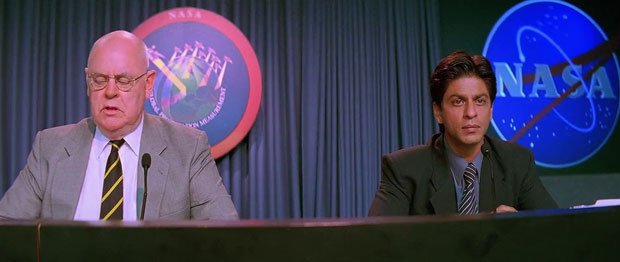
Another trigger could be: we Indians love NASA. What else could explain fake ‘success’ stories of the agency selecting Indians, routinely making their way into the media? Or fake “historical facts” with an imaginary NASA stamp going viral on social media?
Is it because it’s Indians who help run NASA, forming 36 per cent of the agency’s scientists? Could be, except that this “fact”, provided by our HRD minister of state D Purandeshwari, to the Rajya Sabha in 2008, is an internet myth, a phony legend. A rough estimate puts the figure at 4-5%.
We won’t get into the genesis of this obsession here. But we’ll bring you at least five instances that firmly establish that Indians, definitely, are obsessed with NASA.
NASA loves Diwali
A picture showing a satellite image of India on Diwali, allegedly taken by NASA, went viral in 2012. As much as we were happy to believe that the scientists at NASA turned their gaze to India on Diwali for a stunning image, it wasn’t the case. The image turned out to be a hoax.
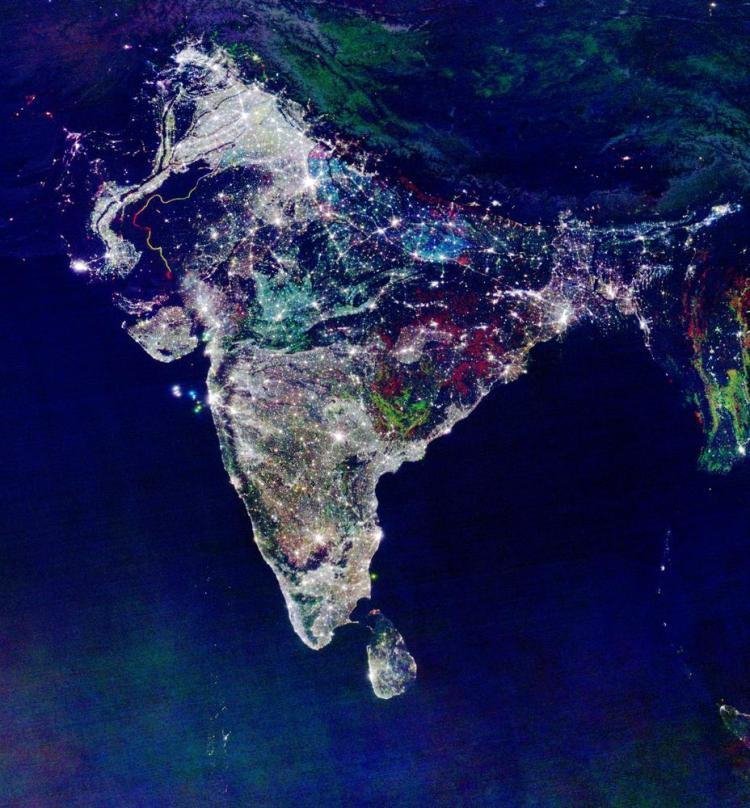
It was actually put up by US’s National Geophysical Data Center of the National Oceanic and Atmospheric Administration and showed a composite satellite view of India at night. It was meant to show the change in night illumination between the period 1992-2003. It actually illustrated the increasing population of India over the years.
NASA confirms Ramayana is a true story
More than a decade ago, a fake story did the rounds that “space images taken by NASA reveal a mysterious, 1.75-million year-old bridge in the Palk Strait between India and Sri Lanka.”
Many US websites such as Indolink.com and Vaishnava News Network had claimed that NASA “discovered” the remains of the mythical Hanuman Setu mentioned in the Ramayana.
Here is a link of a story repeated in 2015:
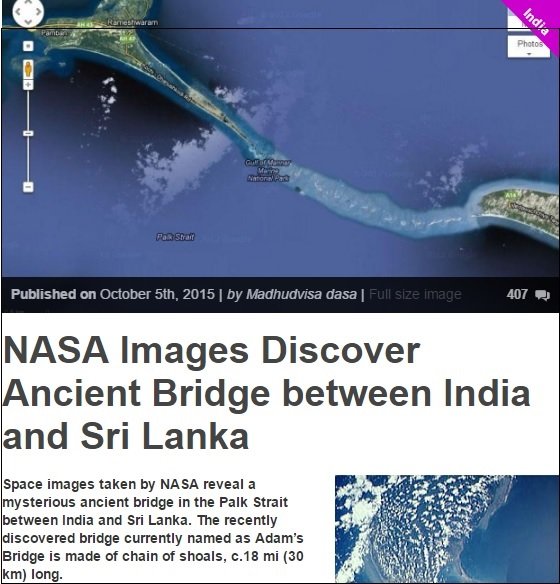
The US agency responded in 2002 itself saying that while the images were authentic, what was captured was a 30-km-long naturally-formed chain of sandbanks called Adam’s Bridge. It also said that there was no scientific information about the origin or the age of the chain of islands.
NASA ‘selects’ Indian girl for major project
Last year, everyone was really excited that a Class 12 girl from a Bengal village named Sataparna Mukherjee, was among five in the world to have been selected for NASA’s prestigious Goddard Internship Programme (GIP).
The story, originally by The Times of India (it’s still on their website), was lapped up by all media houses but turned out to be a big fat fake. It was refuted by the very institute that gives the scholarship. It remains a mystery whether Sataparna lied for publicity or TOI published a false report, but it showed how even a fake association with NASA can make you national news.
NASA can used for extortion
A Madhya Pradesh man extorted money from people by falsely claiming to have links with NASA. Ansar Khan, a 20-year-old went so far as to forge Barack Obama’s signature on a fake identity card to tell villagers that he had got a Rs 1.85 crore offer from NASA and needed money to get there.
More hilariously, he placed a few antennas and gadgets on the roof of his house to convince his neighbours and succeeded in borrowing money from them.
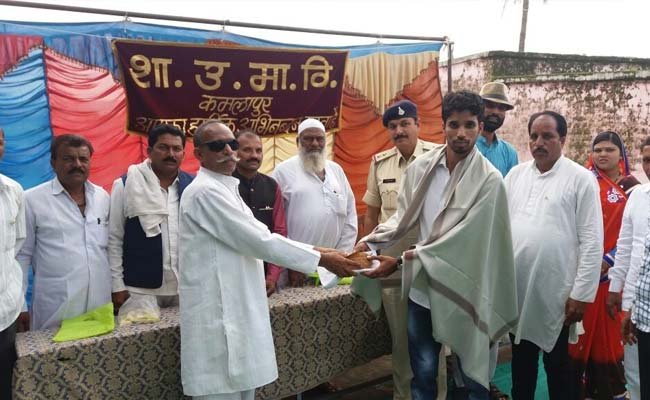
What busted his story and eventually got him arrested was that he attended a village ceremony in his honour where a local legislator was present. The suspicious MLA started an inquiry into his claims that ended his campaign.
Apocalypse here!
Not all NASA hoax stories boost the ego of Indians. They can be dangerous at times.
Like this WhatApp message that went viral in 2015 claiming that a NASA report had found that very heavy rains would cause Chennai to be submerged.
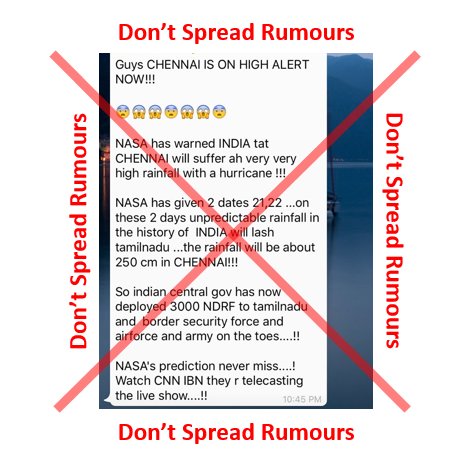
Following the panic, weather officials told residents through the media not to fall for such rumours.

















